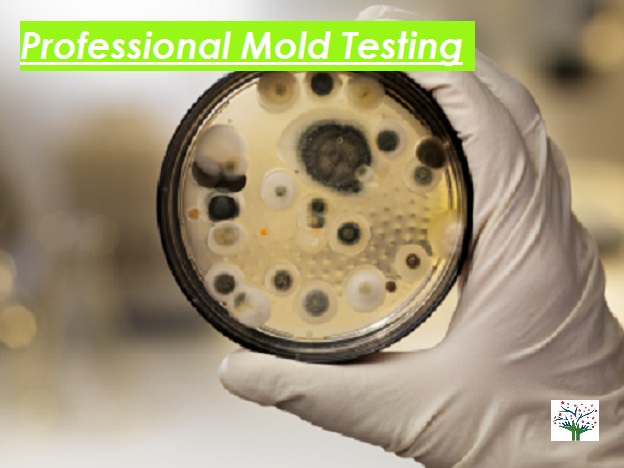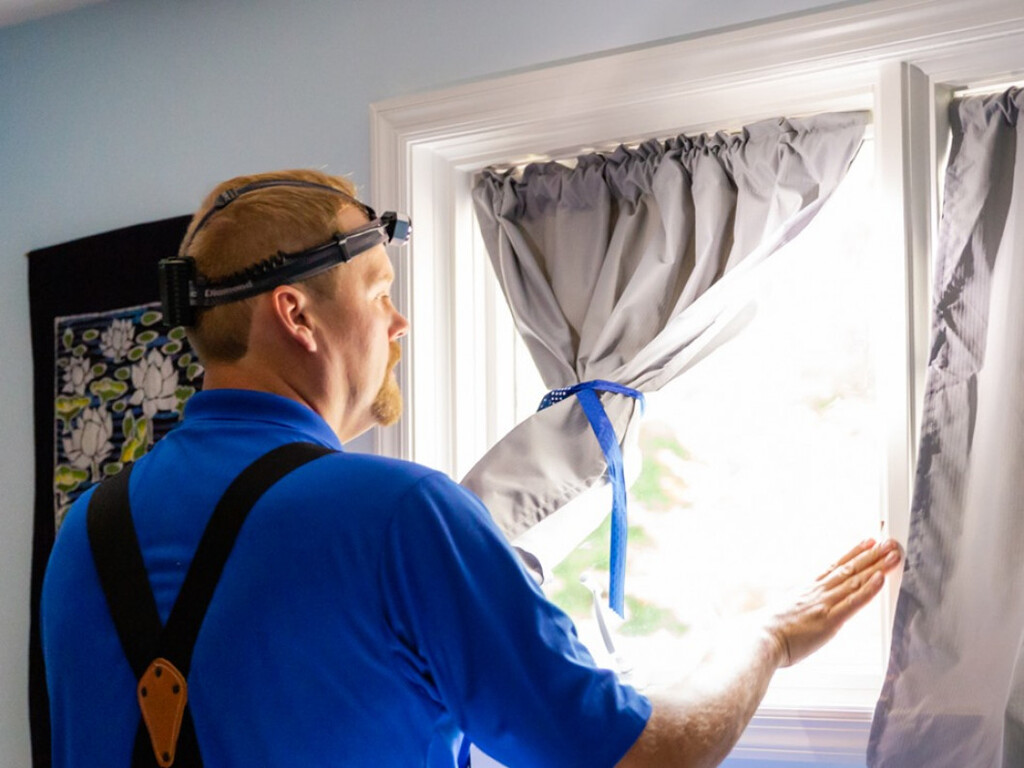Comprehensive Solutions for Your Mycotoxin testing Services Requirements
Comprehensive Solutions for Your Mycotoxin testing Services Requirements
Blog Article
How Mycotoxin Testing Helps Stop Contamination and Secure Food Materials

Mycotoxin testing is a crucial practice in the food sector, working as a frontline protection versus contamination by harmful toxins produced by mold and mildews. With the application of innovative methods like High-Performance Liquid Chromatography (HPLC) and Fluid Chromatography-Mass Spectrometry (LC-MS), food producers can accurately measure and detect mycotoxin degrees in agricultural items. This proactive technique not only makes certain conformity with rigorous safety laws but additionally alleviates wellness risks to consumers. Regular screening fortifies brand name credibility and financial wellness by minimizing contamination-related occurrences. How specifically do these screening methods integrate into the more comprehensive food safety method?
Understanding Mycotoxins
Comprehending mycotoxins starts with acknowledging that they are toxic second metabolites created by particular molds, which can pollute agricultural products. These metabolites are not necessary for the development or reproduction of the fungi however can have severe implications for human and animal health and wellness. Mycotoxins are typically found in staple plants such as corn, wheat, barley, and nuts, where they can proliferate under certain conditions of wetness and temperature level.
There are several kinds of mycotoxins, each generated by various fungal types. Aflatoxins, created by Aspergillus types, are amongst the most well-known, known for their carcinogenic properties. Another significant team consists of ochratoxins, produced by Aspergillus and Penicillium species, which have nephrotoxic impacts. Fusarium species create fumonisins and trichothecenes, both of which are linked with numerous intense and persistent wellness issues.

Risks of Mycotoxin Contamination
The dangers of mycotoxin contamination are multifaceted, positioning considerable threats to both food safety and security and public wellness. Mycotoxins, harmful substances generated by certain kinds of fungi, can contaminate a variety of farming items consisting of grains, nuts, flavors, dried fruits, and coffee. As soon as these toxic substances penetrate the food supply, they can cause major health and wellness concerns such as liver damages, kidney failing, and also cancer cells. At risk populaces, including children, the elderly, and immunocompromised individuals, are particularly at threat.
Economic influences are another significant concern. Polluted plants can result in significant financial losses for farmers and food manufacturers because of minimized returns and the demand for costly decontamination procedures. International trade can be considerably prevented as countries impose stringent mycotoxin policies to shield their populaces, leading to rejected deliveries and strained trade connections.
Environmental elements such as climate modification exacerbate the danger of mycotoxin contamination. Variants in temperature level and humidity can develop desirable conditions for fungal growth, raising the likelihood of contamination events. Hence, understanding and mitigating these threats are important for making certain the safety and security and integrity of worldwide food supplies.
Techniques of Mycotoxin Examining
Precisely identifying mycotoxin contamination in farming items is vital go to these guys for safeguarding public health and keeping food safety and security requirements. Numerous methods are used to discover and evaluate mycotoxins, each offering details advantages and restrictions.
High-Performance Liquid Chromatography (HPLC) is an extensively utilized approach because of its high level of sensitivity and accuracy. It involves separating mycotoxins from various other materials in an example, enabling accurate quantification. Fluid Chromatography-Mass Spectrometry (LC-MS) combines fluid chromatography with mass spectrometry to supply in-depth molecular details, making it particularly valuable for identifying numerous mycotoxins all at once.

Gas Chromatography-Mass Spectrometry (GC-MS) and Thin-Layer Chromatography (TENDER LOVING CARE) are additionally employed, each with unique applications. GC-MS is reliable for volatile mycotoxins, while TLC offers an easier, cost-effective option for preliminary testing.
Advantages of Regular Testing
Normal screening for mycotoxins in agricultural products offers many benefits, dramatically contributing to public wellness and food safety. By determining contamination early, routine testing aids prevent like this the distribution of poisonous foods, thereby minimizing the danger of mycotoxin-related diseases among customers. This proactive technique not only safeguards human health and wellness however also boosts the total quality of food supplies.
Consistent testing additionally sustains regulatory conformity. Various nations and regions have actually established rigid limits for mycotoxin degrees in food and feed. Sticking to these limits with regular screening guarantees that providers and producers fulfill legal requirements, thereby preventing fines and trade obstacles. Moreover, maintaining conformity fosters customer depend on and brand credibility, which are crucial for market success.
Furthermore, regular mycotoxin testing can lead to considerable financial benefits. Early discovery of contamination enables timely treatment, lowering possible losses from extensive contamination. Implementing routine screening methods can also reduce recall prices and associated liabilities, which can be financially ruining.
Moreover, routine testing supplies important data that can educate much better agricultural techniques and storage space conditions. By comprehending patterns of contamination, producers can take on safety nets, thereby adding and lowering future dangers to the sustainability of the food supply chain.
Implementing Evaluating Protocols
Executing effective mycotoxin screening methods is critical for ensuring the safety and security and top quality of farming items. Each phase should be looked at to determine where mycotoxin contamination is most likely to occur.
Once important control factors are recognized, choosing appropriate testing methods is vital. Usual methods consist of enzyme-linked immunosorbent assay (ELISA), high-performance liquid chromatography (HPLC), and mass spectrometry (MS) Each technique has its toughness and weak points; hence, selecting the proper one depends upon the specific mycotoxin being checked, the required level of sensitivity, and offered resources.

Last but not least, integrating the screening procedures right into a detailed food safety and security management system is recommended. This improves traceability and makes it possible for speedy corrective actions when contamination is detected, thereby securing the stability of the food supply chain.
Final Thought
Mycotoxin screening is necessary in stopping contamination and guarding food supplies by enabling very early detection of unsafe toxins generated by molds in agricultural items. Routine testing boosts brand credibility, monetary security, and trust in food safety and security by minimizing contamination-related losses and preserving high requirements in food production.
Mycotoxin testing is an important technique in the food industry, serving as a frontline protection against contamination by hazardous contaminants produced by molds. An incorporated approach including agricultural practices, storage administration, and normal testing can minimize the dangers associated with mycotoxin contamination, guaranteeing food security and public wellness.
The risks of mycotoxin contamination are multifaceted, posturing significant hazards to both food security and public health.Normal screening for mycotoxins in agricultural products provides countless benefits, significantly adding to public health and wellness and food safety.Mycotoxin screening is check my reference necessary in avoiding contamination and guarding food supplies by allowing early detection of harmful toxic substances generated by mold and mildews in agricultural items.
Report this page